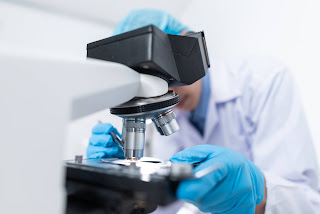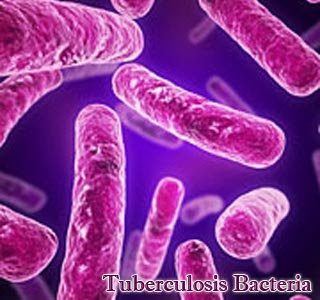An understanding concept of infection did not exist before the work of Louis Pasteur, a French scientist. he first conceived and proved the existence of microorganisms by establishing that animals and vegetables do not decompose spontaneously.
The process would begin when he added unboiled matter to it. This experiment raised today's knowledge of infection and medicine's power to fight it.
What is Infections? Infection is a condition that occurs when the body
or a part of the body is invaded by disease-causing germs or organisms. One
or more organs or parts sustain at least temporary damage. The body as a
whole reacts protectively, in most cases, with general symptoms such as
fever.
Local and general infections are two different things.
Local infection is restricted to one fairly sharply defined area, such as a
tooth or a finger. As for general infection, it involves more or less the
entire system.
You won't be able to see the organism which causes
the infection because they're so small that they are invisible without a
microscope. Few exceptions for large parasites such as hookworm and
pinworm.
The smallest organisms, the viruses are visible only
with an ultramicroscope or electron microscope. The organism causing disease
are known scientifically as pathogens.
Microorganisms Category
Microorganisms are classified in several ways, according to their size,
shape, or mode of life.
Size
The smallest are viruses, which are so tiny that they pass through a porous porcelain filter. Bacteria are many times larger than viruses, and cannot pass through a filter, but they are still considered small. The third group of microorganisms is protozoa, one-celled animals such as amoeba.
Fungi is another group of microorganism, and also many multicellular fungi
which grow much larger. Fungi have plant-like characteristics, and those
which are microorganisms are in the same general size class as the
bacteria.
Parasites that attack the human body are larger, for
the most part, and visible without the microscope. In addition to the
intestinal worms, they include mites, lice, and various other
insects.
Midway in size between the viruses and the bacteria is a special group of
microorganisms called rickettsiae. They cause typhus, Rocky Mountain
spotted fever and related diseases.
Shapes
Bacteria are classified according to their shapes. The three main classifications are The Bacillus which is a rod shape; The Coccus which is oval or spherical; and those shaped in one or more curves like vibrio, resembling a comma; and the spiral spirochete and spirillum. Some live singly, others together in clumps or chains.
Body's Defense Against Infections
An infection normally follows a regular course of development. In general,
when an organ, tissue, or area of the body is invaded by an infecting
organism, the body responds by taking appropriate protective measures.
The
nature of these responses depends upon the type of infection and its
severity. For example, a boil is a localized bacterial infection of a
group of skin cells.
The first thing our body does is body
walls off the area so that the invading bacteria are prevented from
entering the blood cells and other means, and the infection remains
localized.
The body's first defense is to prevent the entrance of harmful organisms.
This is the purpose of the skin, mucous membrane, and various devices
which protect the openings of the body.
When these defenses are
breached, the body immediately counterattacks the invader. The white cells
in the blood rapidly increase in number and attempt to envelop and destroy
individual bacteria.
For example, a local infection is isolated
as much as possible, by a temporary protective encirclement. Blood plasma
bunches up bacteria for easier disposal, and antibodies, special
substances which combat specific microorganisms are formed in the
blood.
The toxins or poisons produced by the bacteria, prompt
the body to develop antitoxin to counteract them.
Vaccination and Antibiotics
Medical science has discovered ways to stimulate our body to produce substances that will protect it against specific diseases. In vaccination, weakened or dead microorganisms are injected into the body to cause the formation of antibodies.
Research also has developed specific drugs that have disposed of many
remaining major infections as serious threats. The best known and widely
used are antibiotics.
Nowadays, antibiotics have relieved
pneumonia patients in a matter of hours. Tremendous progress has also been
made against venereal diseases because of antibiotics.








Comments